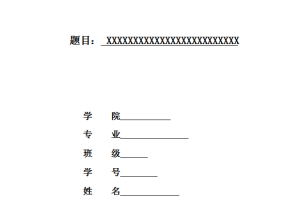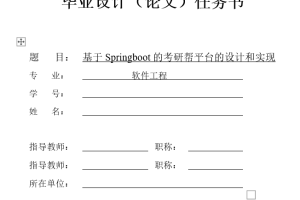摘要
贵品酒业一家酒香不怕巷子深的酒厂,在众多酒厂的洋河镇。一直保持着自己的传统工艺。至今仍屹立不倒。这里面有着贵品酒业人民的辛勤与努力和汗水。更重要的是拥有一条属于自己的采购与销售链条。在如今面对多样的市场环境及日逐拓展的业务所带来的风险隐患。如何防范风险,发展企业产品质量是非常重要的。所以企业非常需要一套良好适合企业自身的采购与付款内部控制制度。预先识别风险不放过任何隐患。所以,企业执行的规章制度中存在着漏洞和风险,从而使得内部控制不能够发挥其作用,所以现在很多企业已经意识到内部控制制度的重要性。在这个变化多端的市场环境下,内部控制制度的建设已经成为各个企业潜在的竞争力。
综合上述,本文以贵品酒业为例,通过贵品酒业可以了解到该企业的采购与付款内部控制现状和该贵品酒业存在的内部控制问题,通过企业所存在的内部控制问题而进行针对性的改进和创造更好的环境,想要拥有一套适合贵品酒业自身的内部制度,又可以推进企业的经营成果和一套完整的采购与付款内部控制,提高企业自身的经济发展水平,这样企业才会有更好的发展。
关键词:贵品酒业、内部控制、采购与付款、防范风险
Abstract
Gui pin industry is not afraid of deep alley in the winery, many wineries in the town of the Yanghe River. Has maintained its own traditional crafts. Still standing still. This is not only the aggregation of the vast number of your products and the hard work of the people. More important is to have one of their own procurement and sales chain. In the face of a variety of market environment and the daily expansion of the business brought about by the risk of hidden dangers. How to avoid and improve product quality is the most important of enterprise development. Makes the enterprise need a set of good and complete purchase and payment internal control system. To identify the risks and risks which can bring to the enterprise in advance. However, the existing rules and regulations of the enterprise, in the design and implementation of the system, there are loopholes and defects. So that the internal control can not play its due to some effect. Throughout the domestic liquor industry more and more enterprises have been aware of the importance of internal control system. This be the most changeful market environment, the construction of the internal control system has become the potential competitiveness of each enterprise.
目录
第一章 理论概述
1.1采购与付款的概念
1.2 采购与付款的内部控制
1.3 采购与付款内部控制的意义
第二章 企业采购与付款内部控制的现状及问题分析
2.1贵品酒业简介
2.2贵品酒业采购与付款内部控制现状
2.2.1 采购与付款相关制度运行现状
2.2.2 采购与付款的信息系统使用情况
2.3 贵品酒业采购与付款内部控制的分析
2.3.1 采购与付款内部环境建设不完善
2.3.2 采购与付款的相关制度存在不足
2.3.3 采购与付款信息沟通不顺畅
2.3.4 管理者监管力度不够
2.3.5 员工执行力度不强
第三章 企业采购与付款内部控制的对策
3.1 加强改善内部工作环境
3.1.1 完善治理结构
3.1.2 建立良好的人力资源政策
3.2 完善管理制度
3.2.1 完善信息与沟通机制
3.2.2 加强监管人员管理制度
3.3.3 加强员工执行力度
结论
致谢
文献



